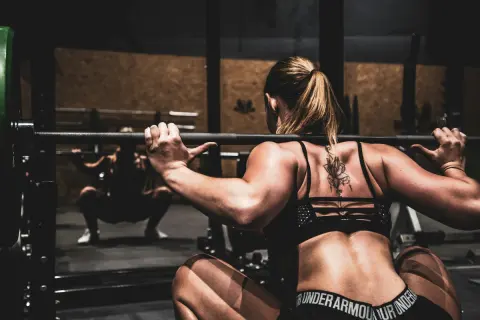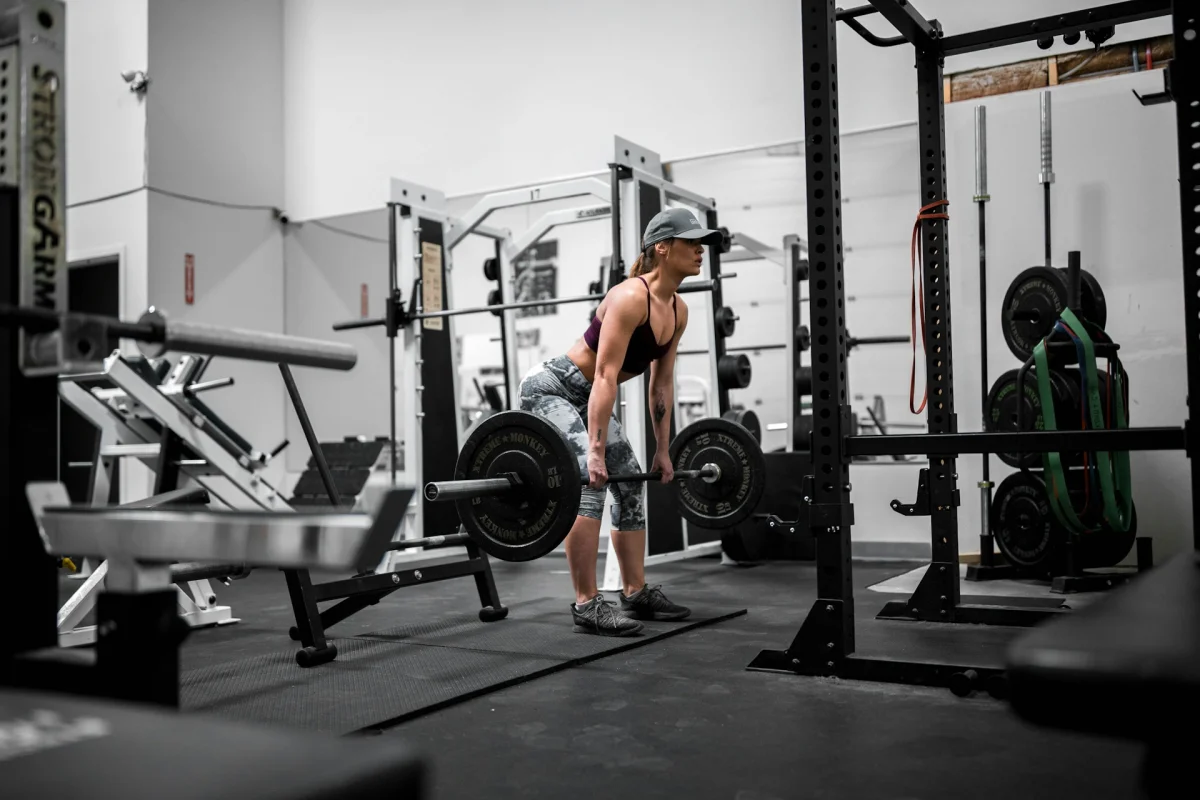 Friday, July 4, 2025
Friday, July 4, 2025Deadlift – The King of Exercises for Strength, Posture, and Muscle Building
Deadlift, known in German as Kreuzheben, is far more than just an exercise for the back. It is considered one of the most effective full-body exercises in strength training and is highly popular among bodybuilders, powerlifters, athletes, and fitness enthusiasts. No other movement pattern engages as many muscles at once—this is why the deadlift is regarded as the king of the exercises in the gym.
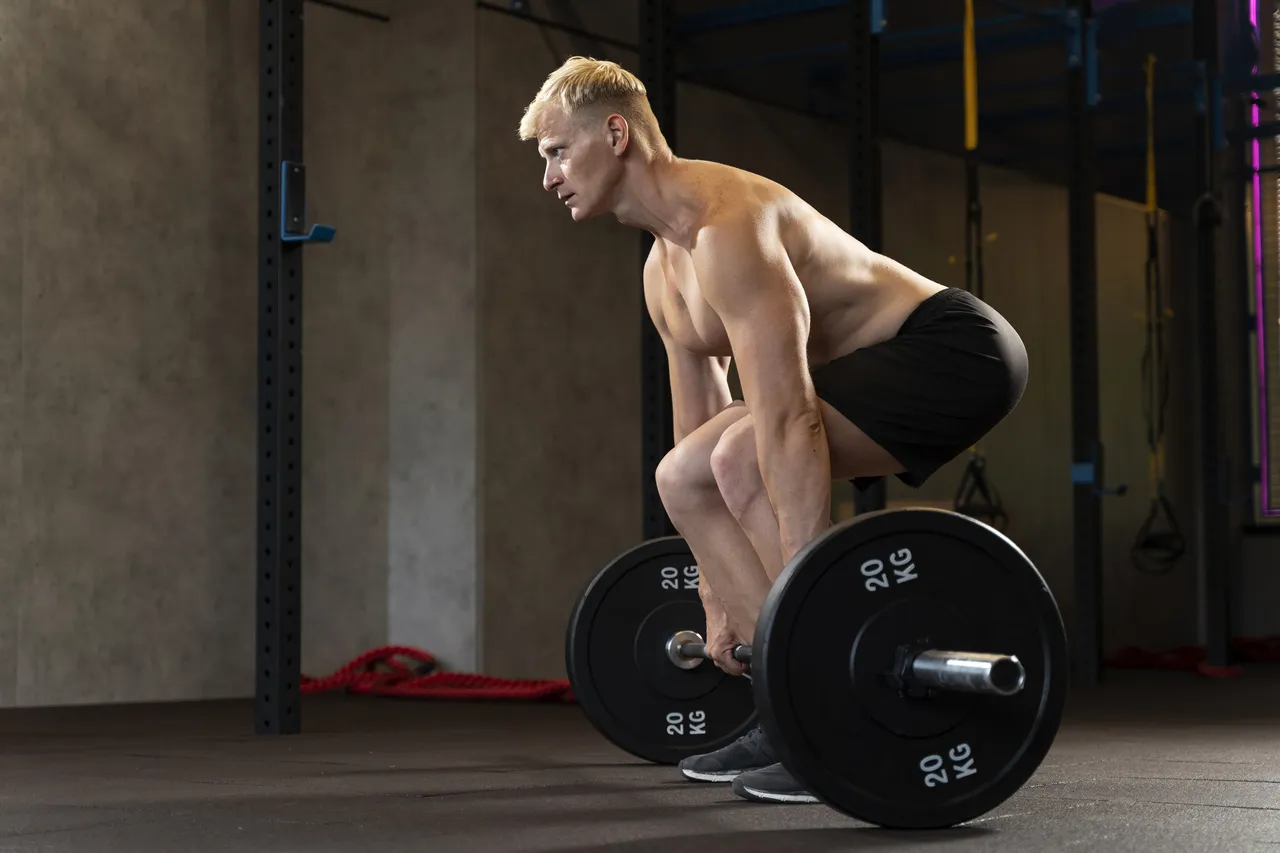
What is a Deadlift?
In a deadlift, a barbell is lifted off the ground with straight arms until the body is fully upright. It’s not solely about raw strength; technique, core tension, and coordination are paramount. The emphasis is on the posterior chain, particularly the erector spinae, glutes, and thighs.
Typical step-by-step execution:
- You squat down with a straight back.
- Grab the barbell—either with an overhand or mixed grip.
- Lift the barbell in a controlled manner, generating force from the legs and back.
- Simultaneously extend your hips and knees until you stand upright.
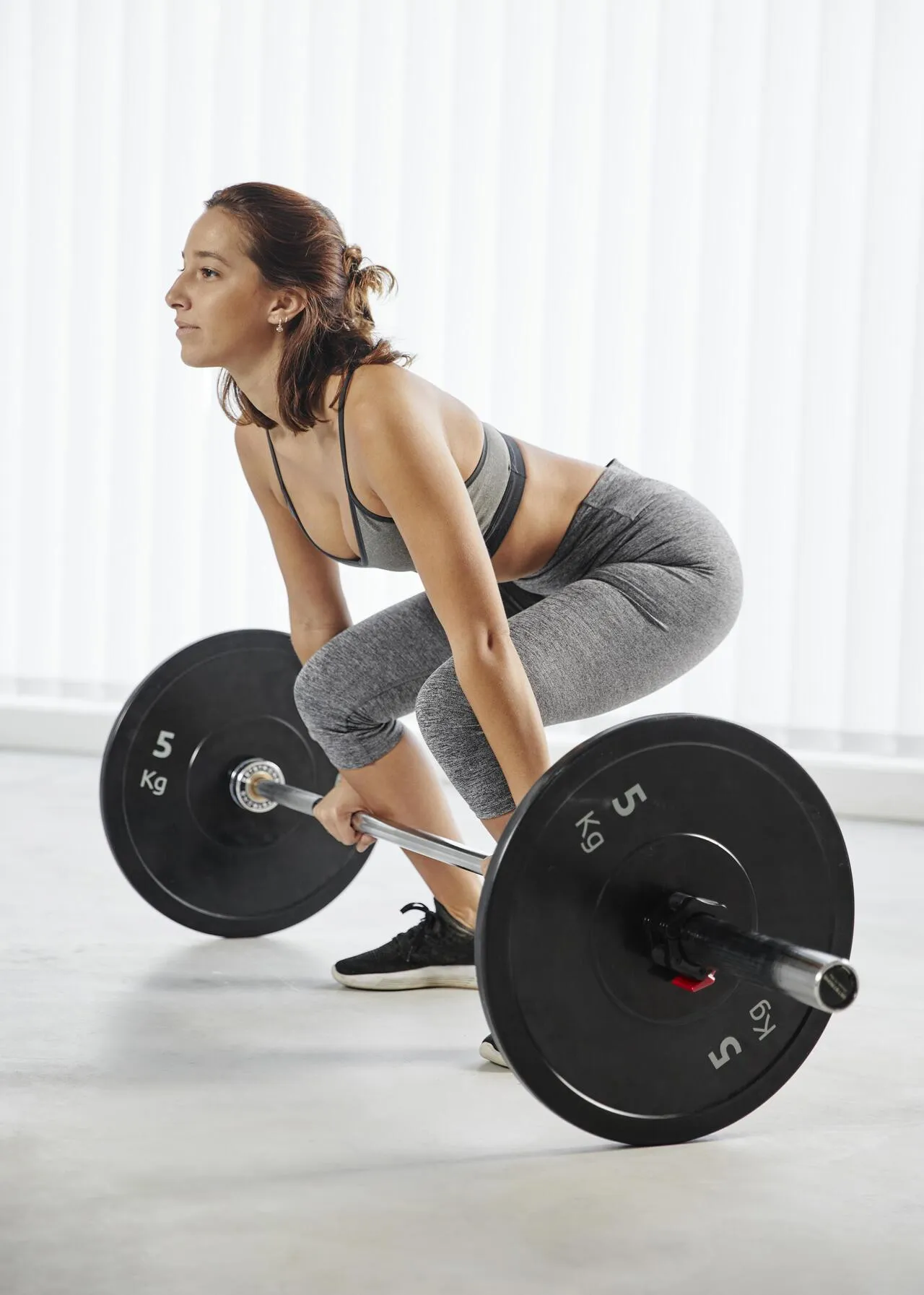
Which Muscle Groups Are Trained with the Deadlift?
The deadlift is a complex multi-joint exercise that engages almost the entire body:
| Muscle Group | Role in Deadlift |
|---|---|
| Erector Spinae | Main target for upright posture and stability |
| Gluteus Maximus | Responsible for hip extension |
| Hamstrings | Assist lower body movement |
| Quadriceps | Especially in variations with more knee angle |
| Trapezius | Stabilizes the shoulder during lift |
| Forearms/Grip Strength | Secure the weight |
| Abdominals | Ensure core stability and spine protection |
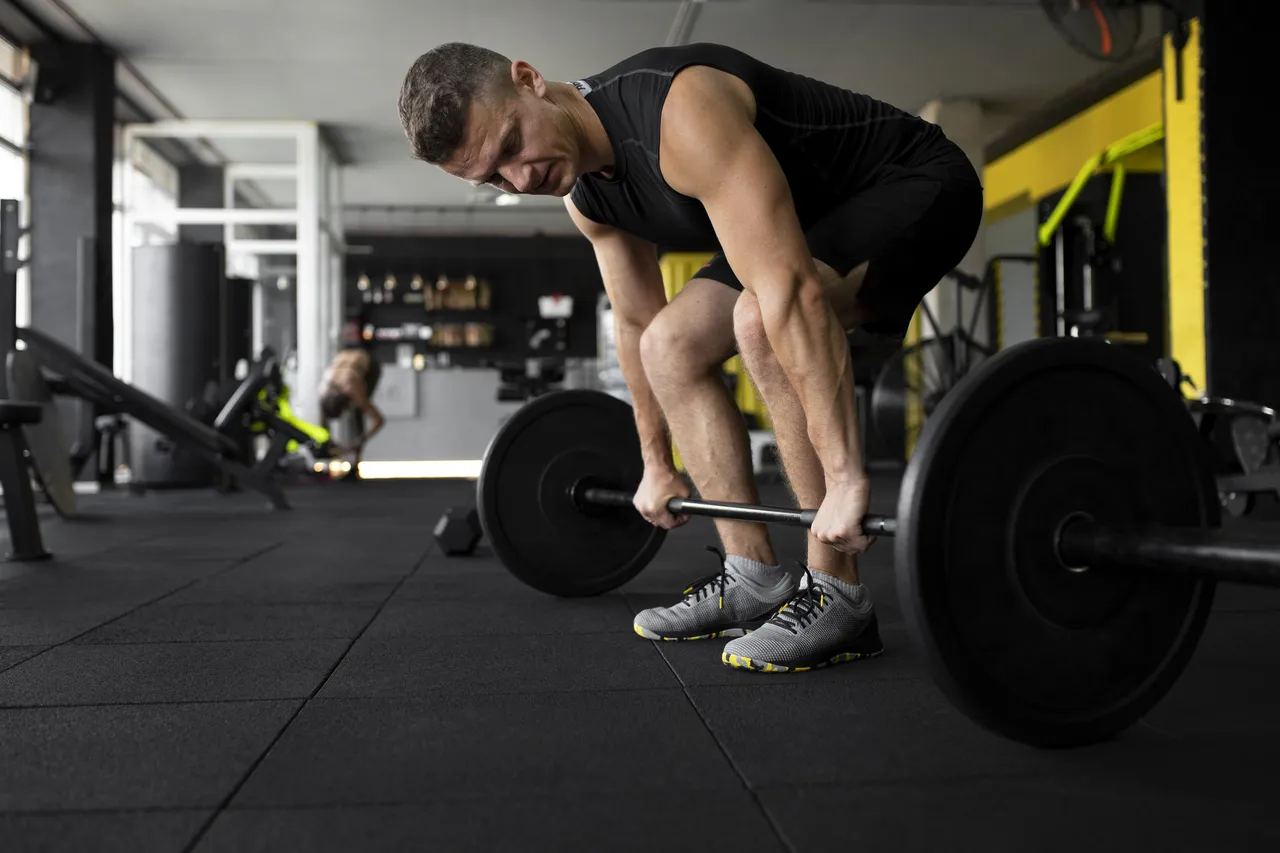
Benefits of Deadlifts for Athletes
- Muscle Development: Few exercises stimulate as many muscle fibers at once.
- Functional Strength: Trains movements useful in daily life.
- Posture & Prevention: Strengthens the lower back and helps prevent posture issues and back pain.
- Metabolic Booster: Due to high muscle recruitment, the body continues burning calories post-exercise (afterburn effect).
- Performance Enhancement: Improves sprinting, jumping, and endurance abilities.

Variations of the Deadlift
| Variation | Characteristic | Emphasized Target Muscles |
|---|---|---|
| Conventional Deadlift | Classic form with narrow stance | Back, glutes, hamstrings |
| Sumo Deadlift | Wide stance, hands grip between legs | Inner thighs, glutes |
| Romanian Deadlift (RDL) | Legs nearly straight, focus on eccentric phase | Hamstrings, glutes |
| Trap Bar Deadlift | Hexagonal bar, allows more upright posture | More focus on legs, less on back |
| Deficit Deadlift | Start from an elevated position for greater range of motion | Hamstrings, lower back |
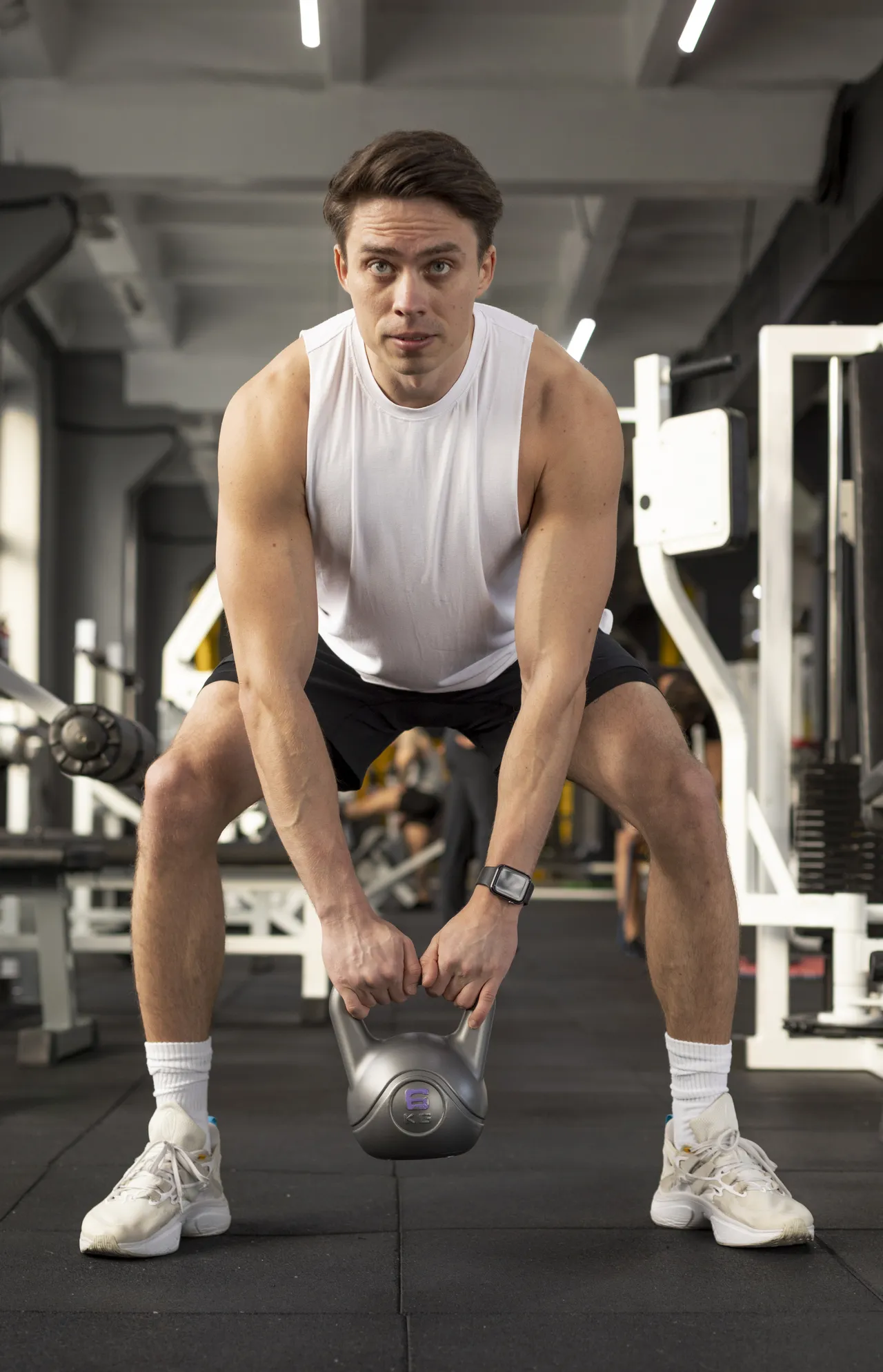
Common Mistakes in Deadlifts
- Round Back: One of the most dangerous errors—can quickly lead to disc problems.
- Too Much Weight, Too Little Technique: Beginners should leave their ego at the door.
- Pull Instead of Push: The movement should come from the hips and legs, not just the back.
- Lack of Core Tension: An active core protects the spine.
- Incorrect Grip: An unstable grip leads to instability or injuries.
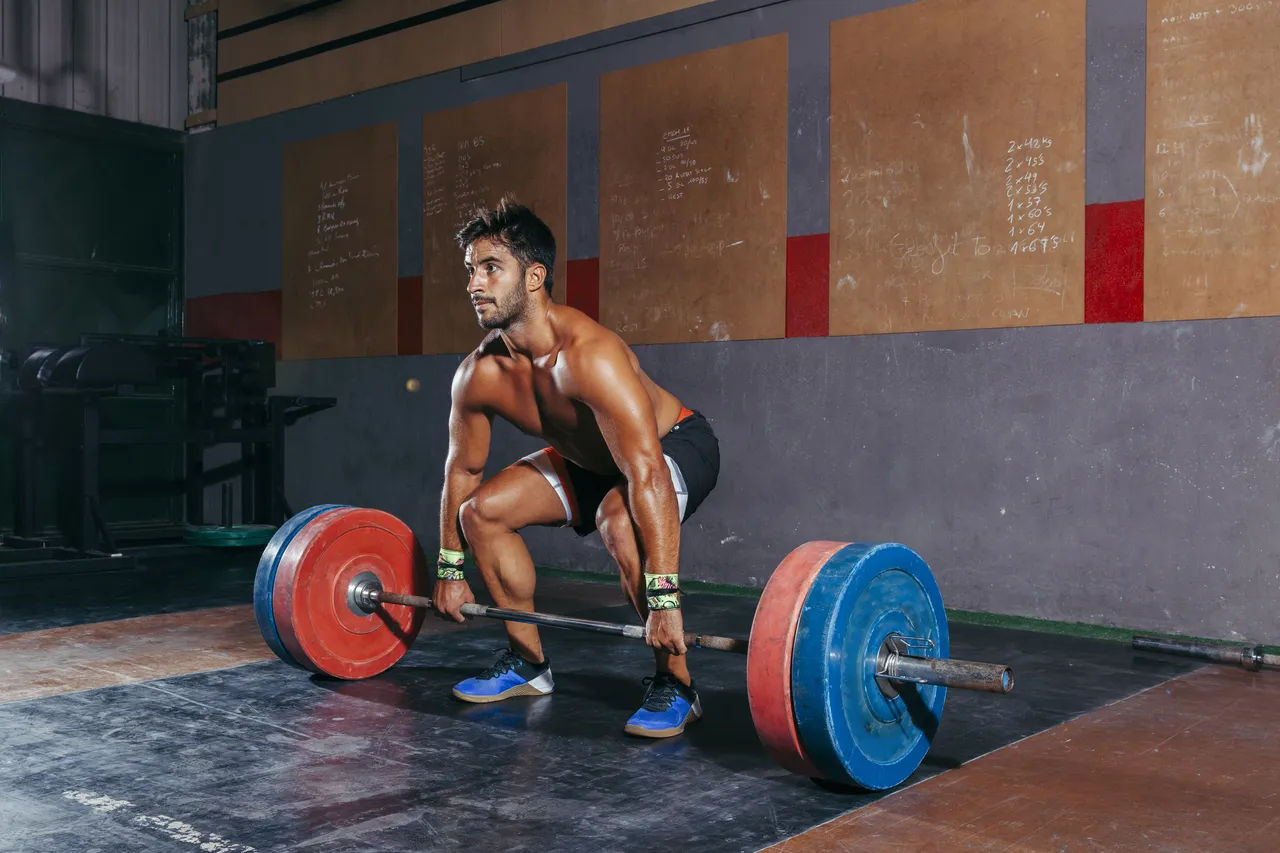
Tips for Effective and Safe Deadlifts
- Warm up thoroughly—especially hip and back muscles.
- Use chalk or straps only when necessary—try to train grip strength as well.
- Perform each repetition with full concentration, particularly with heavy weights.
- Regularly have your technique checked by experienced trainers or through video analysis.
- Use only as much weight as you can control with perfect technique.
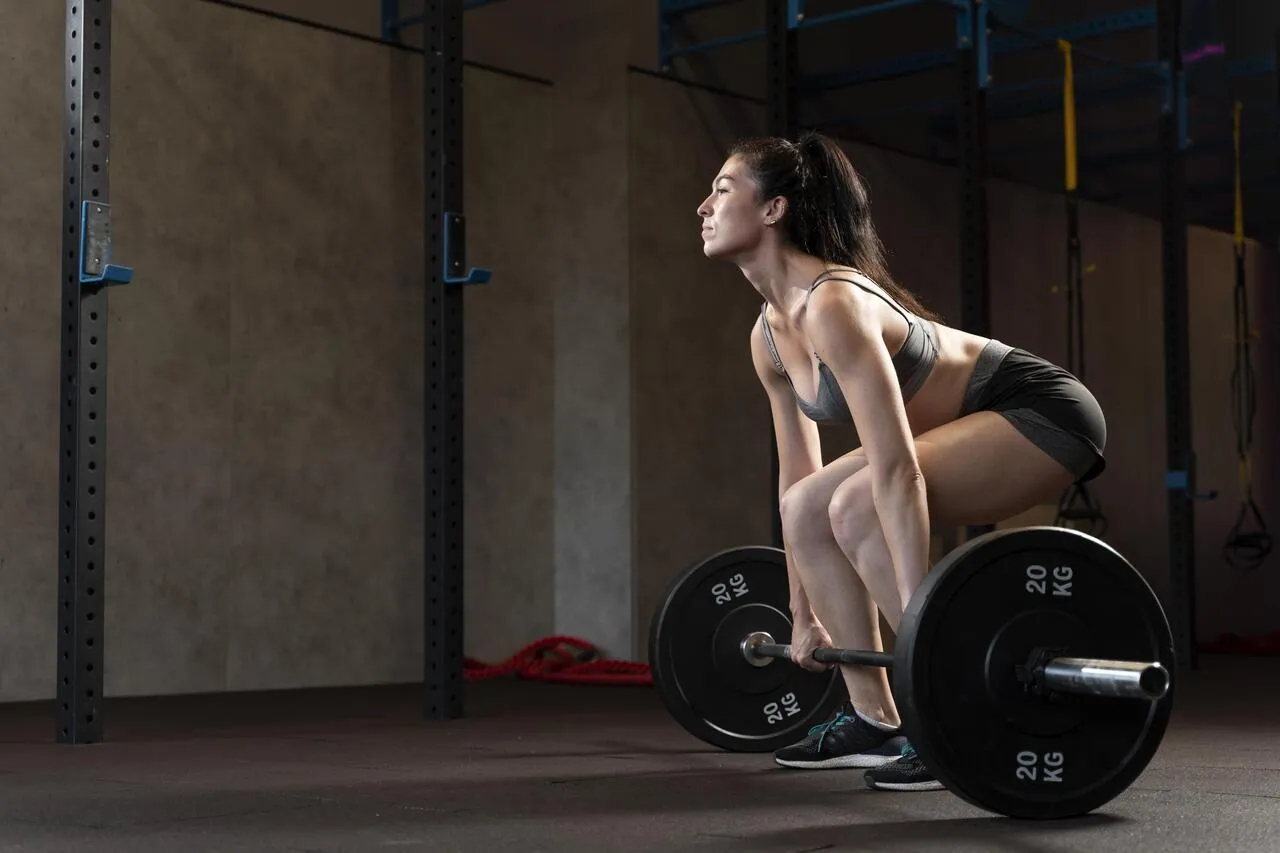
Deadlifts in the Training Plan
Depending on the objective, deadlifts can be used in various ways:
- Muscle Building (Hypertrophy): 3–5 sets of 6–10 reps, moderate weight
- Maximum Strength: 3–6 sets of 1–5 reps, high weight (85–95% 1RM)
- Technique/Movement Quality: Light weight, focus on slow and precise execution
The deadlift should ideally be performed at the beginning of a workout given its demanding nature.
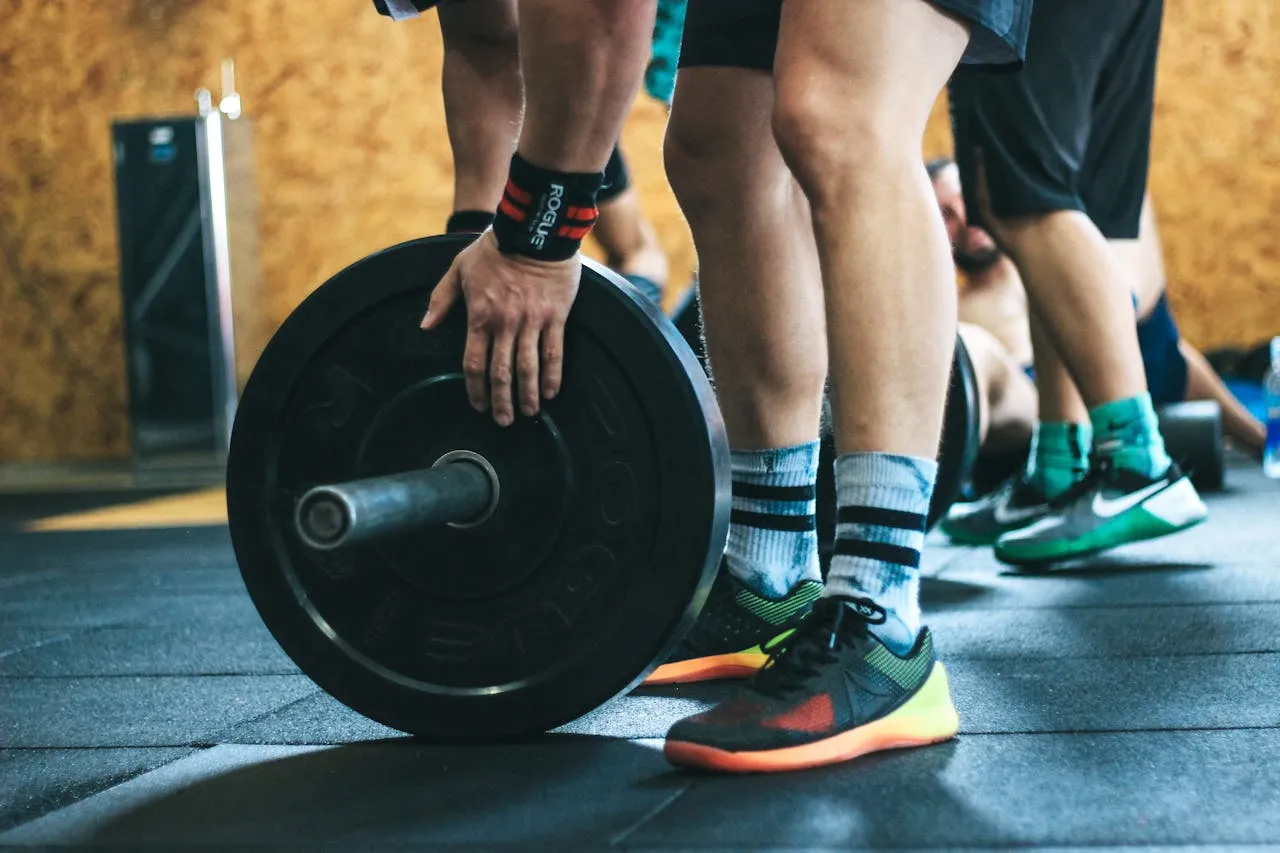
Conclusion
There is a reason why the deadlift is one of the most important exercises in strength sports. It not only strengthens numerous muscle groups simultaneously but also improves posture, functional strength, and metabolism. Those who integrate it cleanly and regularly into their workout routines benefit in the long term from increased muscle mass, fewer injuries, and a powerful bodily sensation. Whether beginner or advanced: deadlifts are a fundamental part of any serious training program.

